Tennessee tied its second-best mark with five players taken in the first three rounds of the NFL Draft last weekend. The 2023 draft class joined 2007, 2002, 1998, and 1992 at that mark, trailing only the 2000 draft class with a boatload of players from the 1998 national champions. That draft saw eight Vols taken in the first three rounds, the clear program record.
The history major in me really enjoyed this stat from Jesse Simonton:
My first question: “Has Tennessee ever done this?”
If you use the starting lineups from the media guide in the seven-round draft era since 1994, the answer is…almost. The vaunted 1998 champs had nine starters drafted from its defense. Three years later, the 2001 defense had eight “official” starters drafted plus Teddy Gaines.
The 2022 Vols put four players from its record-breaking offense in the first three rounds. How does that compare to the best the Vols have done from that side of the ball in the draft?
You have to go back ten years to find the nearest context:
- 2012: Cordarrelle Patterson (R1), Justin Hunter (R2), Dallas Thomas (R3), Mychal Rivera (R6), plus Ja’Wuan James (R1) and Zach Fulton (R6) from the 2014 draft
This is Tennessee’s last position group to have two players taken in the first round…for now. CBS Sports has Javontez Spraggins in the first round of their 2024 mock draft. If he, Bru McCoy, any of the running backs or any others from last year’s starting lineup are taken next April, the 2022 offense will start reaching back even farther:
- 2001: Donte Stallworth (R1), Fred Weary (R3), Travis Stephens (R4), Reggie Coleman (R6), plus Kelley Washington (R3) and Jason Witten (R3) from the 2003 draft, plus Scott Wells (R7) from the 2004 draft.
Seven players from the 2001 offense makes for a strong total picture for that group, with 15 starters drafted overall. On one side of the ball, seven players from the 2005 defense were also drafted.
No surprise: it remains the 1998 national champs who have the overall record in the modern era, with those nine defensive starters joining seven offensive starters to make 16 overall draft picks from that starting lineup.
If you’re looking for the most impressive group on offense, you’ve gotta go back one more year:
- 1997: Peyton Manning (R1), Marcus Nash (R1), Trey Teague (R7), plus Peerless Price (R2) and Shawn Bryson (R3) from the 1999 draft, plus Jamal Lewis (R1), Chad Clifton (R2), and Cosey Coleman (R2) from the 2000 draft.
That’s eight starters from the 1997 SEC Champions, plus a non-official starter in WR Andy McCullough, taken in the seventh round in 1998. Three first rounders, three second rounders, and a third round pick. Chad Clifton made two Pro Bowls, Jamal Lewis won the MVP, and Peyton’s in the Hall of Fame. Cosey Coleman was a starter on Tampa’s Super Bowl team. And both Shawn Bryson and Peerless Price played 7+ seasons in the league.
Not bad.
So from this perspective, the 1997 offense sets the bar on that side of the ball, and the 1998 defense earns its reputation as the top unit overall. But here again, the 2022 group has already done things we haven’t seen around here in 10+ years…and with another strong season from some of its returning starters, could find itself in more of the same elite program history at Tennessee.
Go Vols.
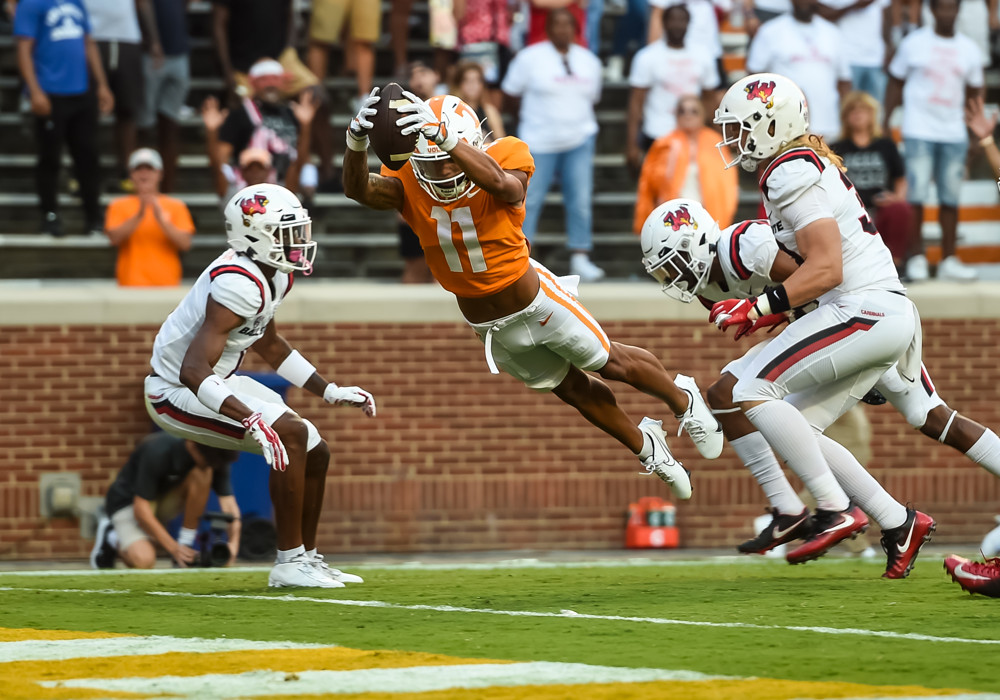
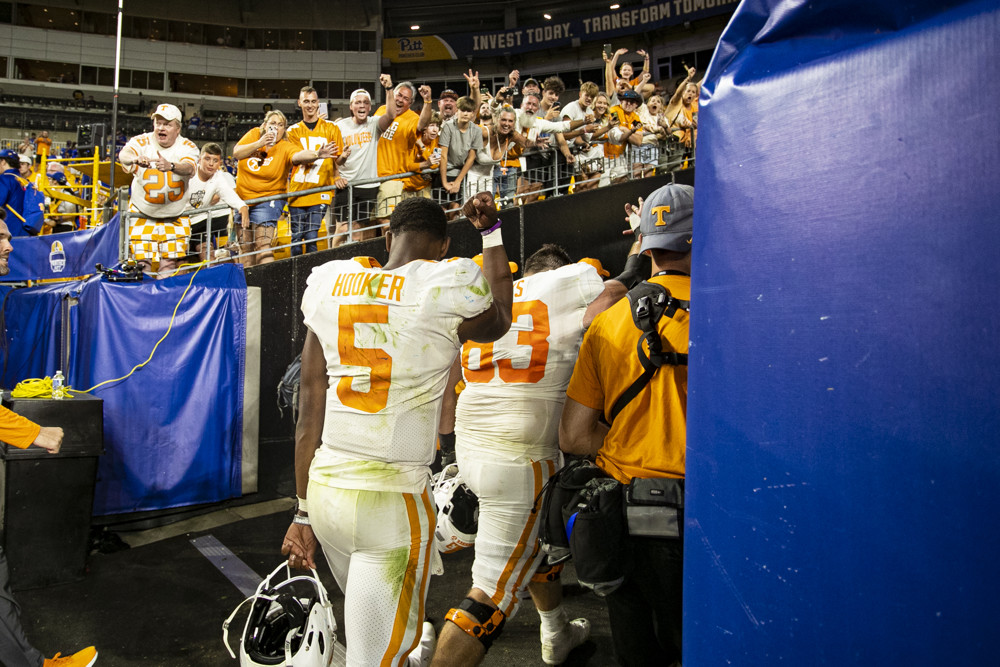
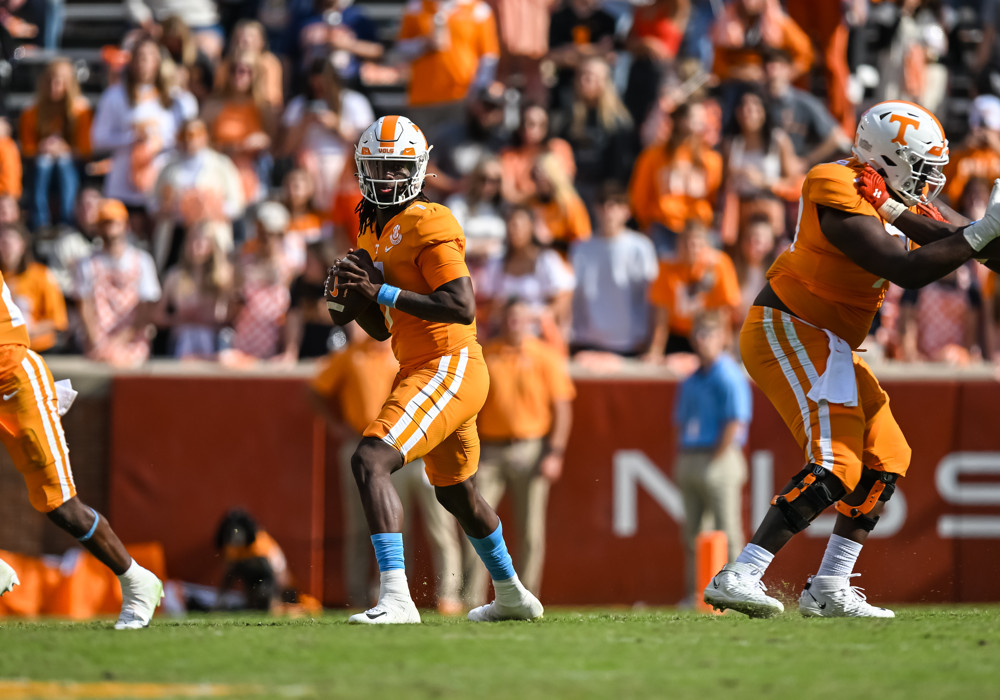
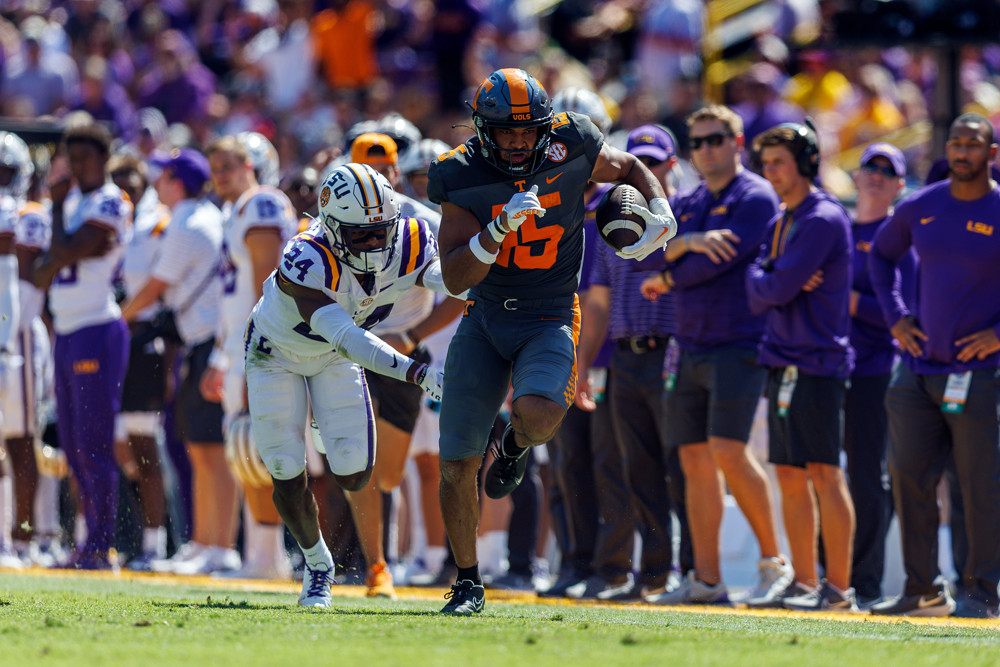
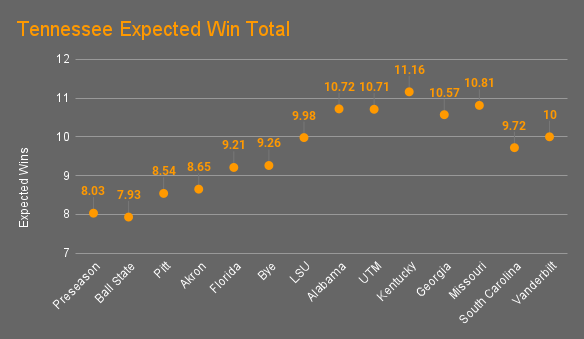
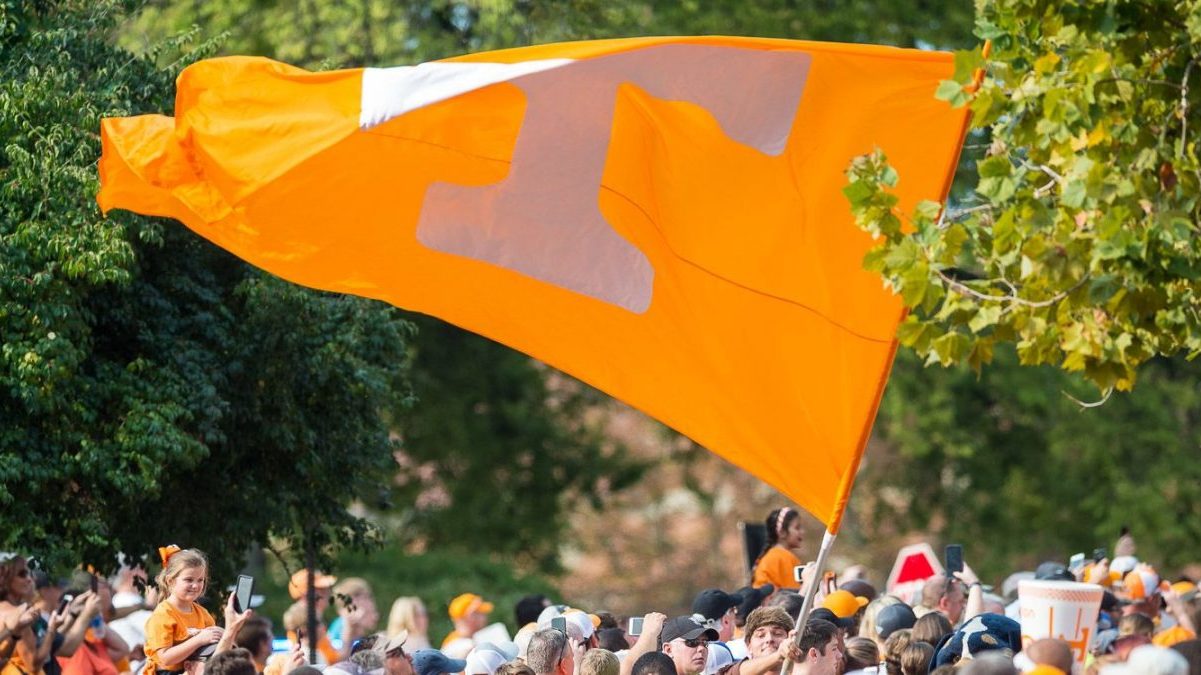
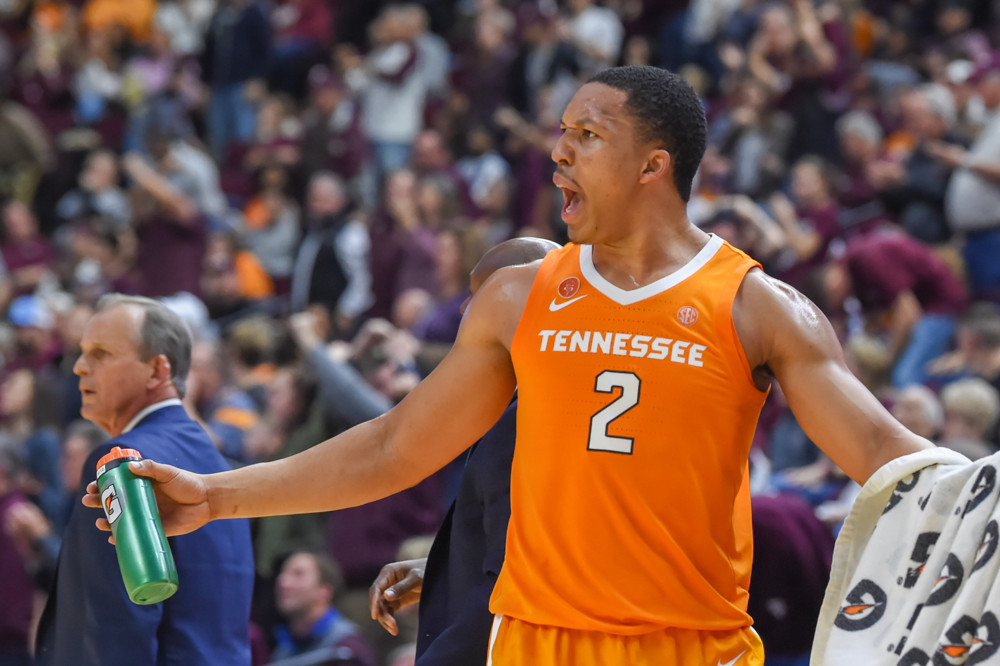
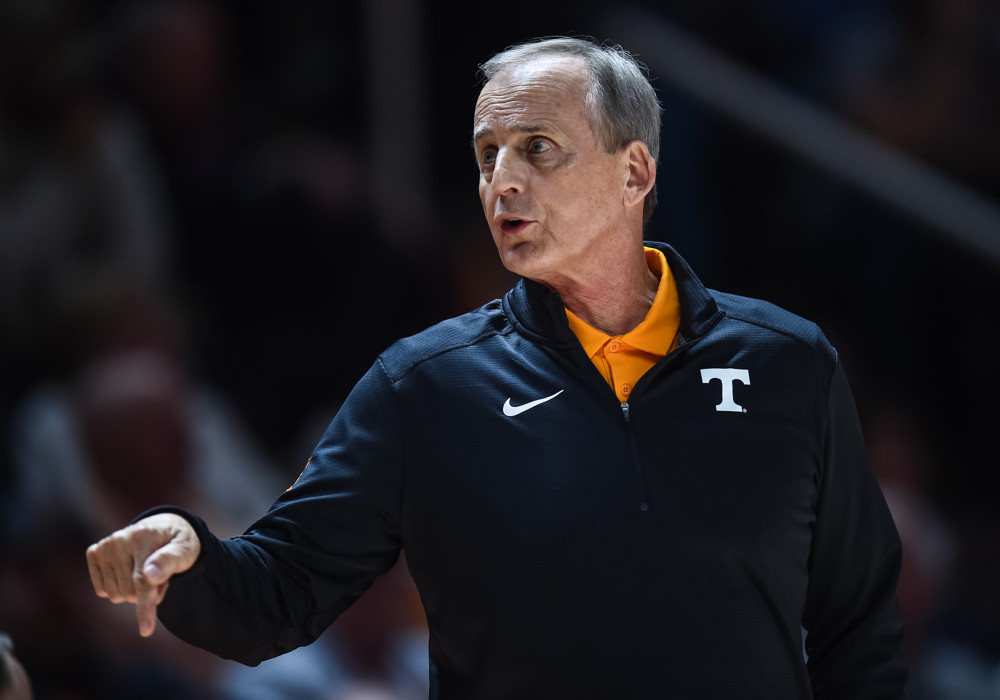
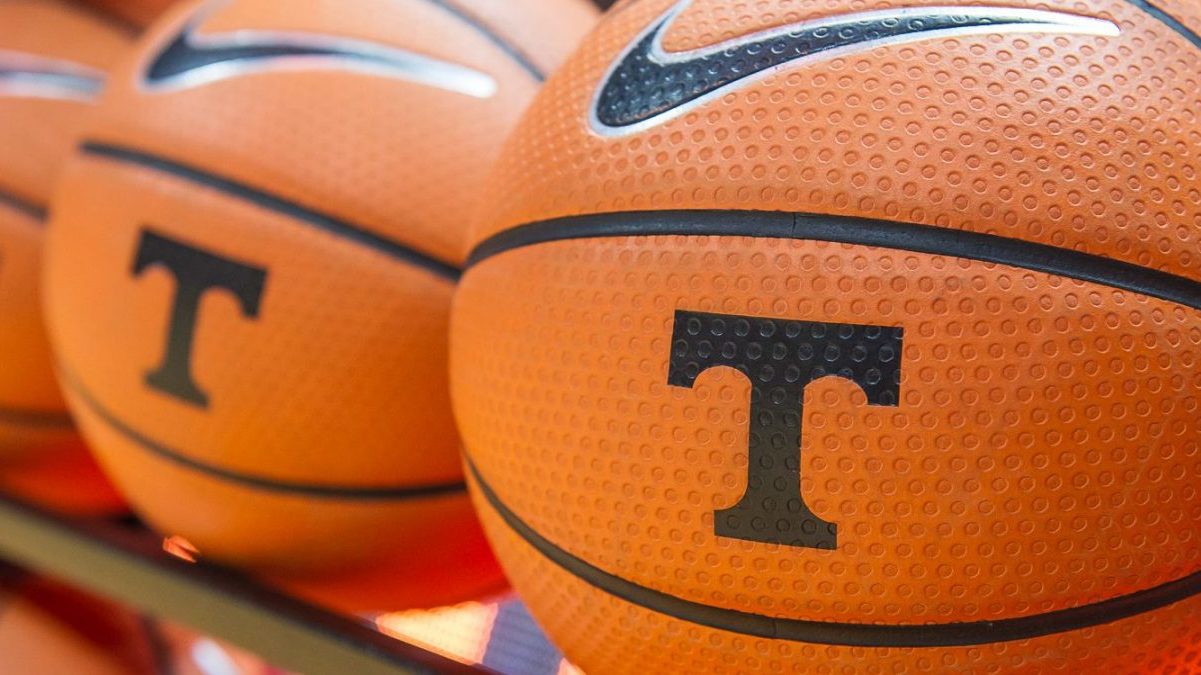
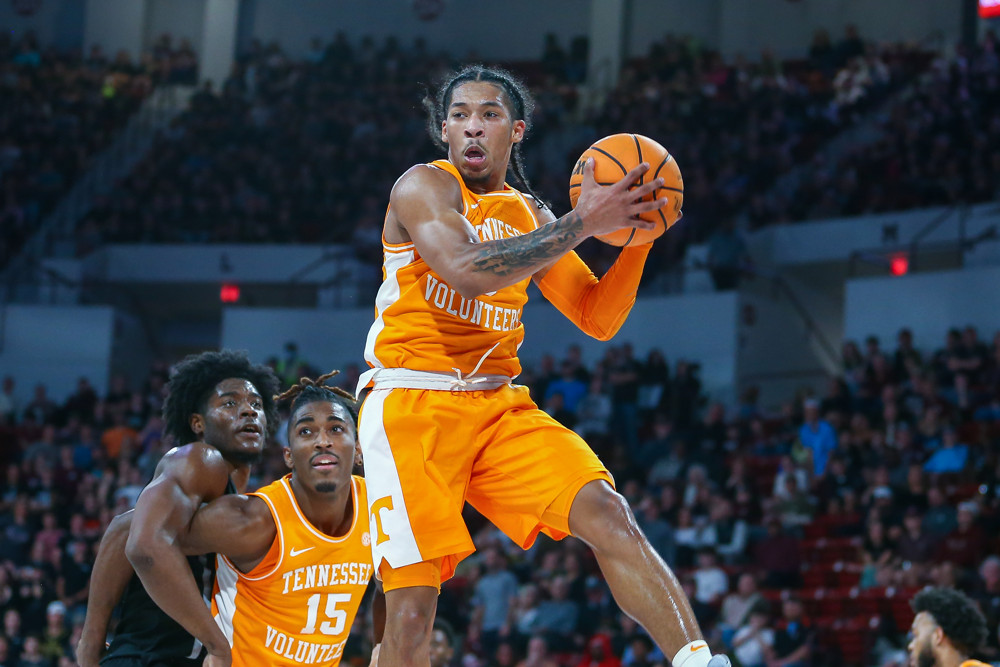
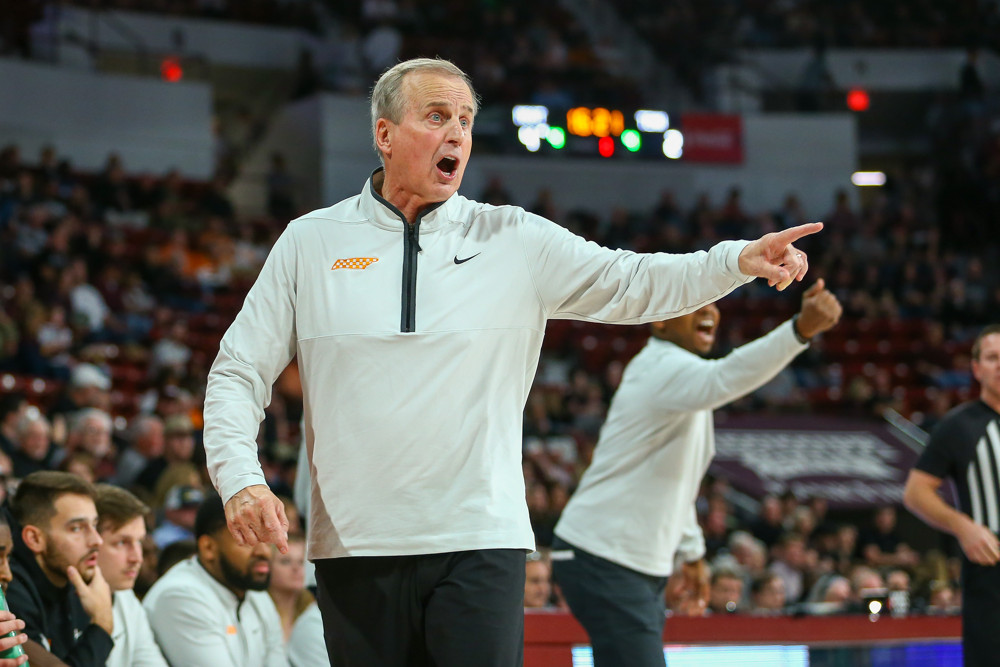
You must be logged in to post a comment.